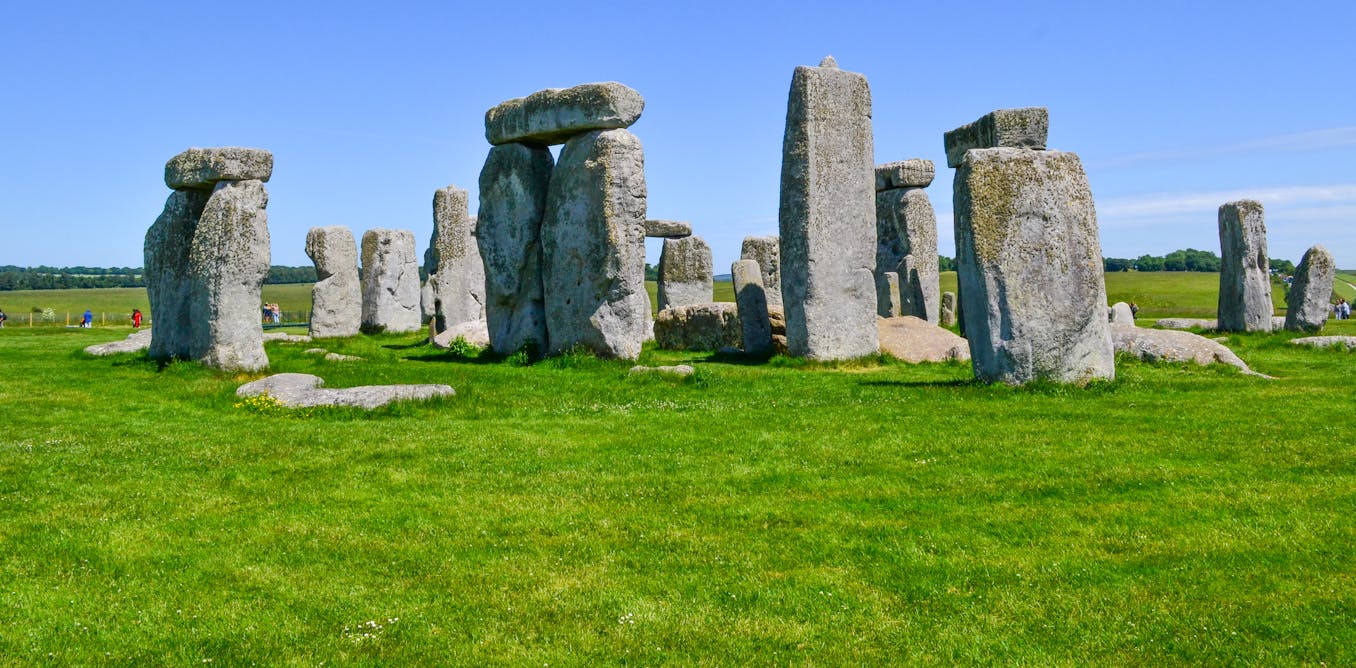Stonehenge's Altar Stone Originates from North-East Scotland: A Groundbreaking Discovery

Summary:
A recent study has revealed that the giant altar stone at Stonehenge originated from North-East Scotland. This finding challenges previous assumptions about the monument's construction materials and their origins. Researchers used geochemical analysis to trace the stone's provenance, shedding light on the complex and far-reaching networks that existed in prehistoric times.Key Insights:
-
Geochemical Analysis: Researchers used advanced geochemical techniques to trace the origin of the altar stone, identifying its unique composition that matches rocks found in North-East Scotland.
-
Challenging Previous Assumptions: This discovery overturns previous beliefs that the stones used in Stonehenge's construction were sourced exclusively from closer regions like Wales.
-
Implications for Prehistoric Networks: The finding suggests that prehistoric communities had sophisticated and far-reaching networks for transporting large stones over considerable distances.
Takeaways:
The discovery that Stonehenge's giant altar stone originated from North-East Scotland is a significant breakthrough in understanding the monument's construction. This finding highlights the advanced capabilities of prehistoric societies in sourcing and transporting materials over long distances, offering new insights into their social and economic networks.